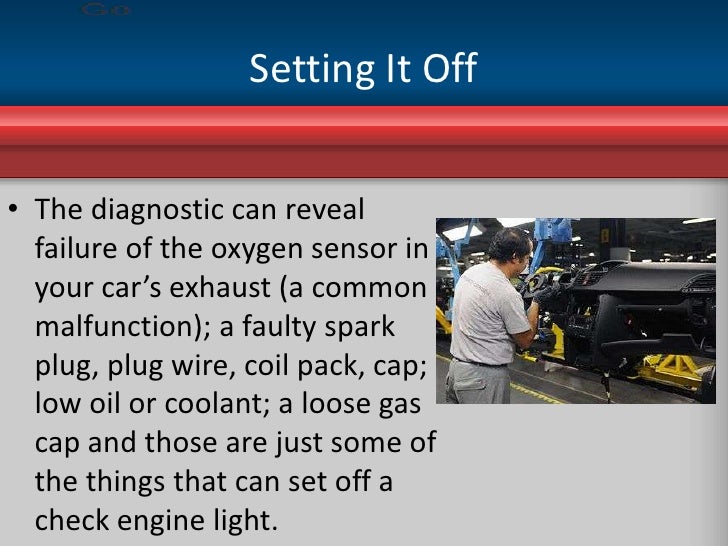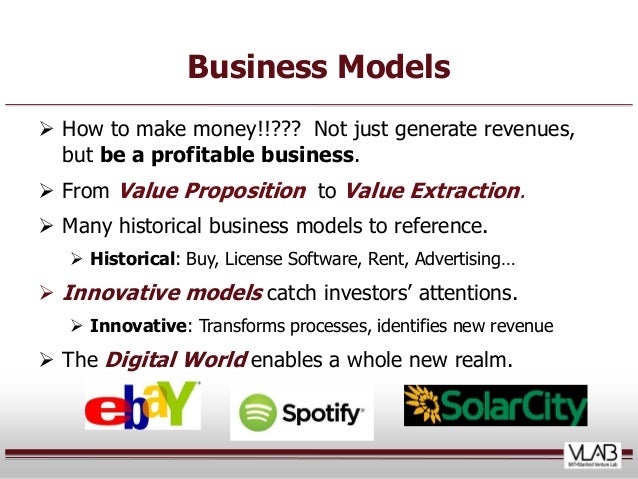
Image source: https://image.slidesharecdn.com/enginelightppt-100810140432-phpapp02/95/warning-warning-what-the-check-engine-light-means-for-drivers-7-728.jpg?cb=1281449123
Tread Separation Causes Fatal Accidents
One of the most common tire failure occurs due to tread separation. Tread separation is the result of the plies of a tire separating from one another.
An assembled tire is exposed to high temperatures and pressure to cure the assembly, which bonds all the layers. Steel belts are sometimes incorporated into the steel-belted radial tire for more impact and puncture resistance. Unfortunately, the steel belt addition will not stick to the rubber compounds unless the manufacturers coat the steel wires before putting them into the construction of the tire, making tread separation for all steel belted radial tires possible. The possibility of tread separation becomes greater as the speed of the vehicle increases.
Currently, light truck tires and passenger tires do not use new technology that has been designed to prevent tread separation from occurring. This new type of tire manufacturing has been around for years now, yet has not been incorporated because of the additional cost of production. With better-designed tires, a nylon cap adds a layer between the steel belt and the road to help the tire better withstand moisture and roll with more stability.
Multi-Piece Rims Pose a Serious Threat
Another type of tire failure that can occur is when a multi-piece wheel is used. The Occupational Safety and Health Administration wanted to ban multi-piece rims, but the tire and wheel industry sponsored an education program at work and ultimately avoided the ban. OSHA guidelines require using a safety cage during tire mounting operations, but after the wheel is removed from the safety cage, accidents still happen. Posters that were designed for the education program are now in most service stations and tire shops, but this educational program has allowed manufacturers to avoid complete liability by foisting some liability on to businesses, who in turn pass costs along to employers and their injured employees. Though a single piece wheel that would avoid multi-piece rim explosions has been around for decades, the design has not been widely used.
Sidewall Zipper Failure
When tires are being inflated, the sidewall of the tire can explode, causing a sidewall zipper failure. Sidewall zipper failures occur because the sidewall design and manufacturing. Deflating a tire can add stress when the tire is re inflated and cause a blowout. Manufacturers deal with this tire failure by issuing warnings instead of changing the tire designs. Bead failures also occur during the inflation of the tire, and the explosion bead failures cause often times result in serious and deadly conditions. Bead fractures usually occur at the splice joint of the tire, which, combined with the low-pressure explosion, causes the trajectory of the rim and the tire to sever limbs, cause brain trauma, and smash facial bones. Tire failures can occur when there is a high-speed spin-off failure, which occurs when one of the two rear wheels is stationary and the other wheel spins without restraint due to a design defect. Ozone cracking is an uncommon tire failure, but small cracks on the rubber's surface due mainly to atmospheric ozone break down tire sidewalls. Manufacturing defects are normally to blame in cases of ozone cracking.
Tire Blowout Injury
Tire blowout injury occurs when motor vehicle tires rapidly lose air causing a loss in vehicle control and, potentially, a rollover accident. Tire blowout injury can be catastrophic as tires deflate in an explosive manner, severely compromising or destroying the tire's integrity. A number of consumer advocacy groups concerned about the dangers of tire blowout injury have urged the government to enact more stringent protocol on tire design, production, and maintenance.
Tire blowout injury is sustained when tire blowout causes the loss of vehicle control which makes vehicle rollover and collisions with other objects more likely. People are at a greater risk of tire blowout injury when traveling at higher speeds. Being in a less stable vehicle is also a major factor which contributes to tire blowout injury. SUVs are more likely to be involved in tire blowout accidents for several reasons. SUVs are narrower and taller than other passenger vehicles; therefore they are less stable on the road. When tire blowout does occur, SUVs are much more likely to rollover causing more serious tire blowout injury. SUVs are also more difficult to control after tire blowout which causes the risk of more serious accidents and tire blowout injury.
In 2000, national concern about tire blowout injury peaked as the Firestone-Ford scandal unfolded. Firestone radial tires on Ford Explorers were found to be especially prone to tread separation, which caused numerous cases of tire blowout injury and death. In August 2000, Firestone-Bridgestone recalled 6.5 million defective tires and in May 2001, Ford recalled 13 million defective tires from their vehicles. Consumer group research shows that tire blowout is not particularly unique to one type of tire or vehicle, meaning that other tires and vehicles may pose an equal threat on our roadways. There are several causes of tire blowout injury that are highly preventable. It is nearly impossible to create a tire that has absolutely no risk of causing tire blowout injury, but there are many things that can be done to reduce the risk of tire blowout. The causes of tire blowout include road hazards, maintenance issues (such as under-inflation, overloading, tire mismatching, excessive wear, and inadequate inspections) and tire design or manufacturing defects.
Tire blowout injury is often due to negligence on behalf of tire manufacturers or tire repair and maintenance professionals. Tire blowout injury can be prevented if manufacturers are impelled to create a safer more robust tire design, improve overall vehicle design and control systems, and implement a more stringent production and inspection process. Improved tire design and more stringent tire repair and maintenance protocol for service professionals would reduce the likelihood of tire blowout injury.
Preventing Tire Failure
Tire failures can be prevented with proper maintenance, but in some cases tire failures are hard to detect because of a manufacturing or design flaw. By knowing what to look for, you may be able to prevent unnecessary injuries. Signs to be aware of include:
* Cracks in tire sidewalls
* Tire vibration, indicating a misalignment, etc.;
* Treads which are unevenly worn down (indicating improper inflation) or very worn down;
* Bulging sidewalls (indicating weakened areas).
Have You Been Injured by Faulty Tires?
If you have suffered injury due to faulty tires, blowouts, or related defects, you may wish to contact a qualified attorney who can advise you of your legal rights and options. An experienced crashworthiness attorney will help you file your claim and get the monetary compensation you deserve.

